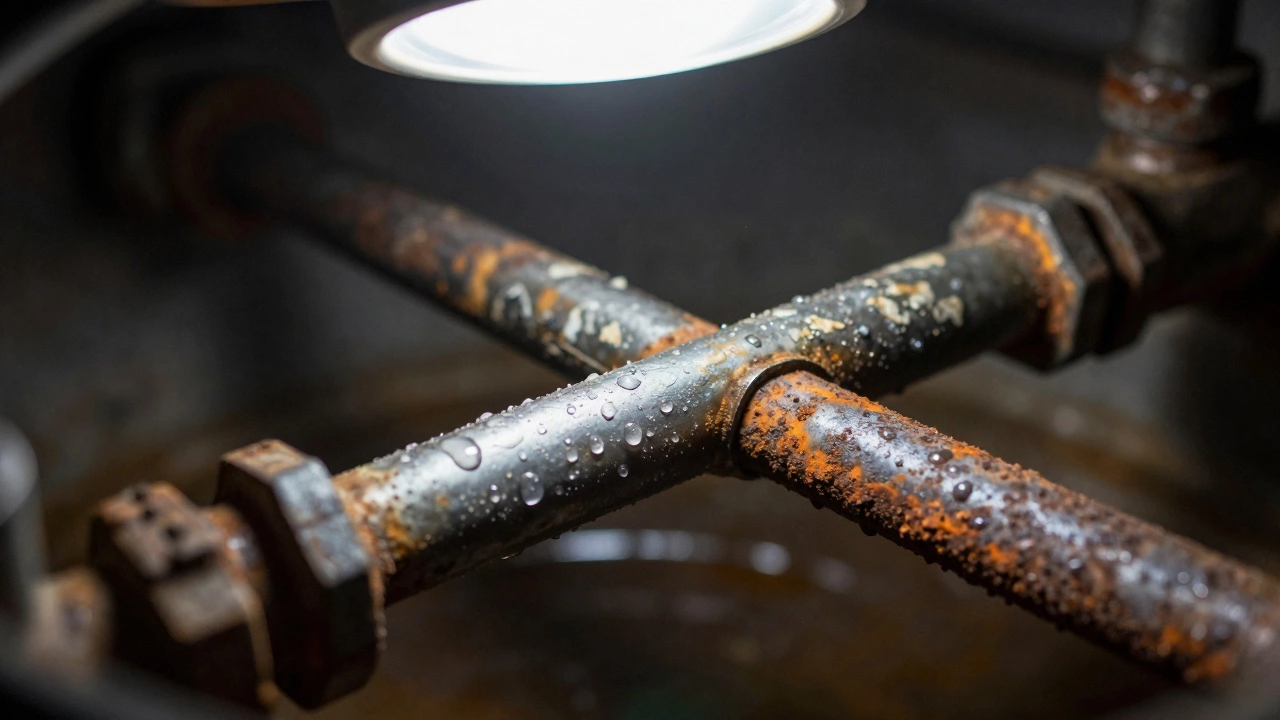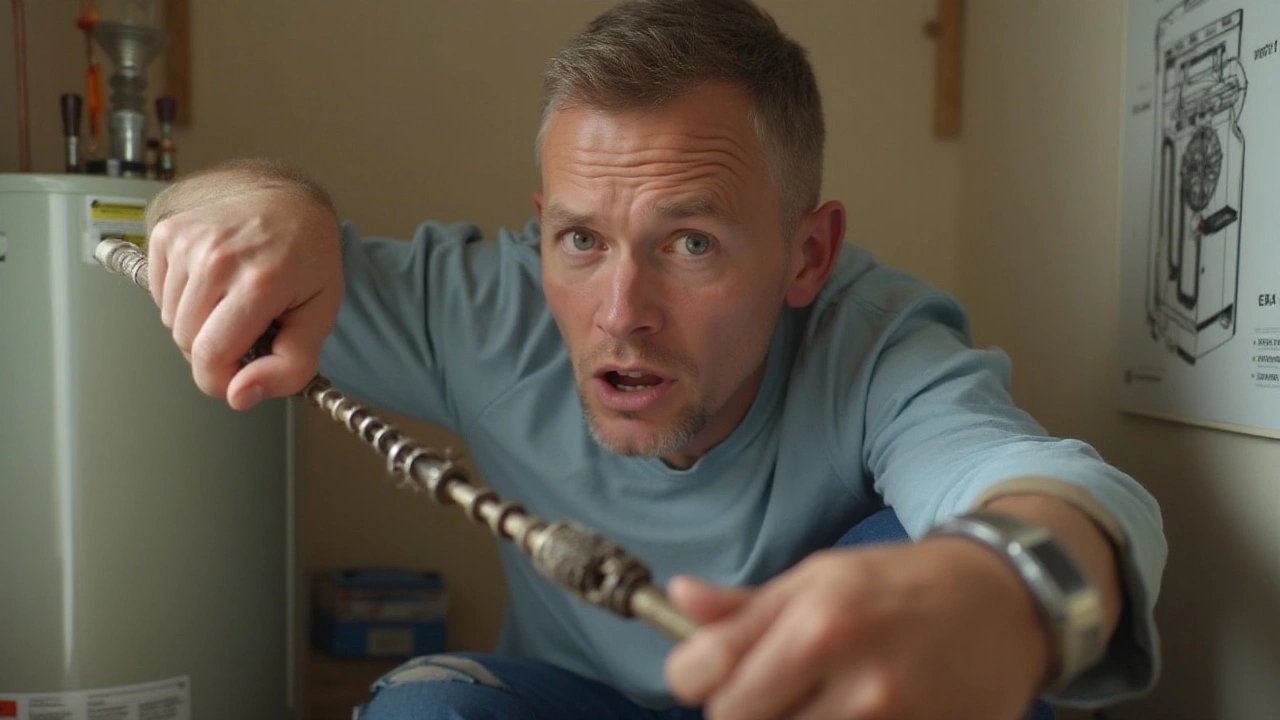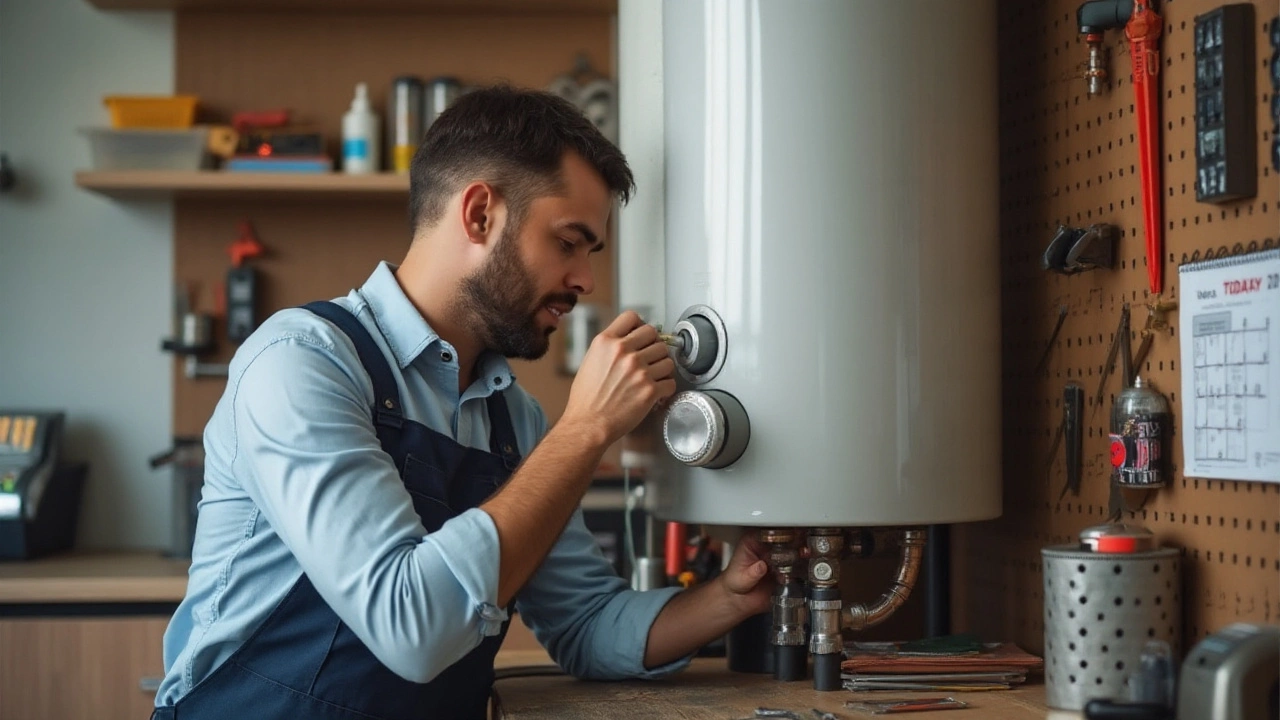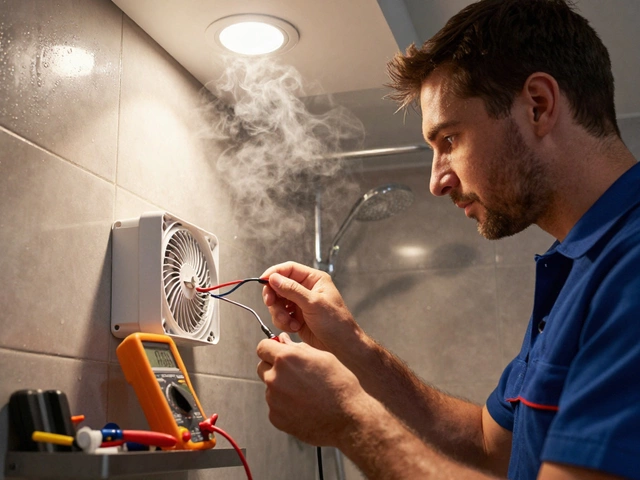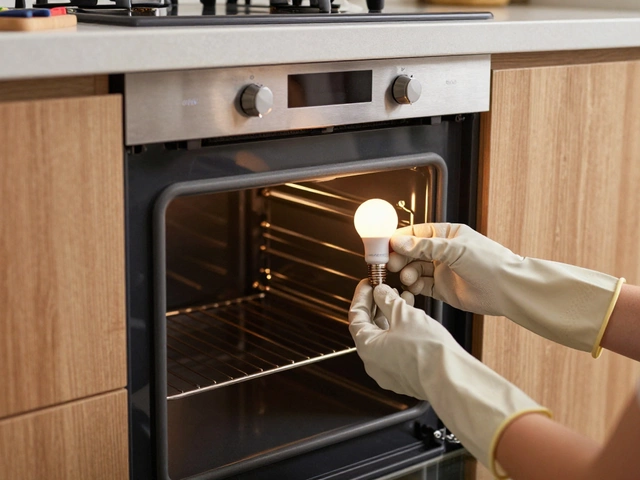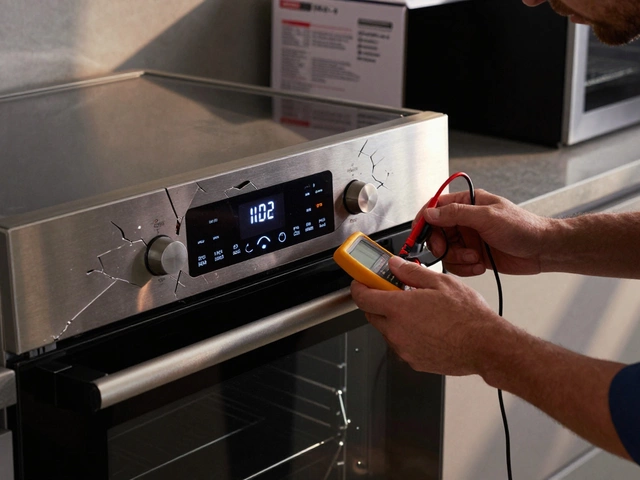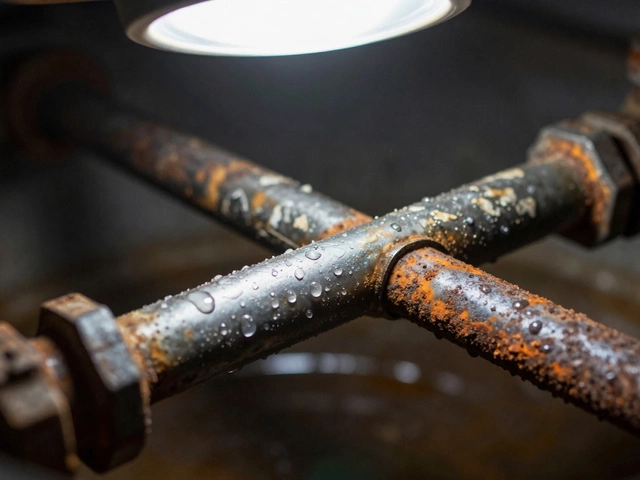Anode Rod Replacement: Why It Matters and How to Do It
If your water heater is getting older, the first thing you should check is the anode rod. This metal stick sits inside the tank and sacrifices itself to stop the tank from rusting. When the rod is worn down, the heater can start corroding fast, leading to leaks or a complete breakdown. Replacing it is cheap, takes under an hour, and can add years to your heater’s life.
How to Tell Your Anode Rod Needs Replacing
Spotting a bad rod is easier than you think. First, turn off the power or gas and let the tank cool – safety always comes first. Then, unscrew the 2‑inch hex bolt on the top of the heater with a wrench. Pull the rod out and look at the metal. If it’s less than half an inch thick, coated in rust, or looks like a pile of white powder, it’s time for a new one. Some homeowners set a reminder to check every two years; that’s a solid rule of thumb.
Another clue is water quality. Cloudy or metallic‑tasting water can mean the tank is corroding from the inside. If you notice a drop in hot‑water output or hear strange noises, the anode rod could be the culprit. Don’t wait for a major leak – swapping the rod now saves you from a costly tank replacement later.
Step‑by‑Step DIY Replacement Guide
Ready to do it yourself? Grab a new anode rod that matches your heater’s size (usually 1‑inch or 1¼‑inch threads) and follow these steps:
1. Turn off power or gas. For electric heaters, flip the circuit breaker; for gas, shut the gas valve.
2. Drain a few gallons. Connect a garden hose to the drain valve and let some water out. This relieves pressure and prevents a splash when you remove the old rod.
3. Remove the old rod. Use a 2‑inch socket or adjustable wrench to turn the hex head counter‑clockwise. If it’s stuck, a little penetrating oil can help.
4. Inspect the threads. Clean any debris inside the tank opening. A quick brush or rag ensures the new rod seals properly.
5. Screw in the new rod. Hand‑tighten it clockwise, then give it another half turn with the wrench. Don’t over‑tighten – you just want a snug fit.
6. Refill and test. Close the drain valve, remove the hose, and turn the water back on. Let the tank fill, then restore power or gas. Within a few minutes you should feel hot water again.
That’s it! Most people finish in 30‑45 minutes, and the cost of the rod is usually under £30. If you run into rusted bolts or a stuck rod, call a professional – it’s better to be safe than risk damaging the tank.
Regularly swapping the anode rod is a small habit that pays big dividends. It prevents corrosion, keeps water tasting clean, and saves you from emergency repairs. Keep a calendar reminder, stock a spare rod, and enjoy hot showers without worry.
4 December 2025
·
0 Comments
Replace your water heater's anode rod every 1-3 years to prevent tank corrosion, rust, and leaks. This simple maintenance step can extend your heater’s life by a decade and save you thousands.
Read more
7 November 2024
·
0 Comments
Discovering when your water heater's anode rod is failing can save you from costly repairs. This article delves into recognizing symptoms of a bad anode rod, its role in preventing tank corrosion, and practical tips on checking and replacing it. Learn how timely maintenance extends the life of your appliance and ensures consistent hot water supply. A must-read for homeowners looking to preserve their water heaters efficiently.
Read more
23 August 2024
·
0 Comments
Replacing the anode rod in a water heater is a crucial task that ensures longevity and efficiency. Costs for this maintenance can vary significantly based on several factors such as the type of anode rod and local labor rates. This article dives into all aspects of anode rod replacement, providing detailed information on costs, types of anode rods, and practical tips for homeowners considering this repair. Maintaining your water heater effectively can save money and prevent unexpected repairs.
Read more

